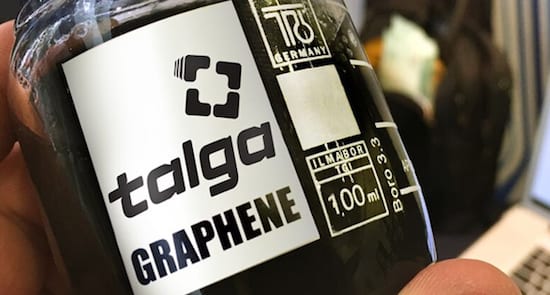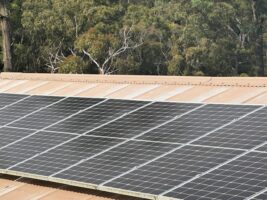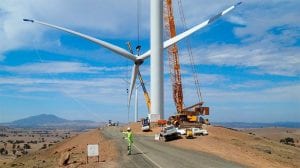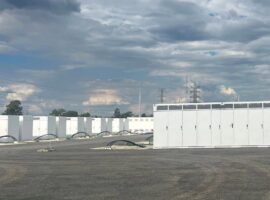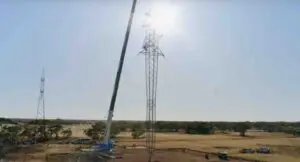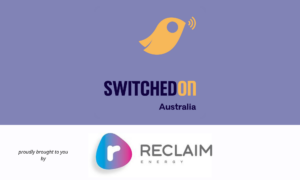ASX listed material technology company Talga Resources is claiming a breakthrough in its plan to piggyback on the global battery boom, after tests of its graphite anode were shown to significantly boost the performance of lithium-ion battery cells.
Perth-based Talga – which was listed in this June 2017 RE article as one of a new-breed of Australian mining hopefuls – said the promising result was gleaned from tests at independent facility WMG, part of the University of Warwick Energy Innovation Centre.
The tests pitted Talga’s graphite anode material against a current market leading anode graphite product in li-ion pouch cells and found the Talga product delivered 20 per cent higher capacity (total energy), 20 per cent higher power (rate of charge/discharge), as well as 94 per cent first cycle efficiency.
For those wondering, pouch cells are one of three main types of lithium-ion cells used, largely, to make up EV batteries – for example, they’re used in the Nissan LEAF, and in Jaguar’s new I-PACE SUV. See graphic below.
The results, says Talga, show potential for the company’s graphite anodes to beat synthetic and natural graphite standards currently used in the global battery supply chain, “with higher performance, energy, power and life span at potentially lower cost and no decrease in safety.”
They also suggest “clear potential for near term sales” for the company, which is the 100% owner of unique high grade conductive graphite deposits in Sweden, a test processing facility in Germany and in-house product development and technology.
“These results are a highly significant development for Talga,” said managing director Mark Thompson in comments on Tuesday.
“The unique characteristics of our Swedish graphite ore body combined with our proprietary processing technologies produces a li-ion battery with significantly higher power and energy as tested by WMG.
“The company considers that based on the results, Talga’s graphite will set the industry standard for lowering cost of production as it eliminates comparatively expensive industry standard … currently sourced from Chinese and other graphite flake producers.
“The test results and Talga’s unique position in the market create optionality for scale-up development, commercial partnerships and sales of advanced materials in addition to graphene-only products in future.
“Talga’s significant resources positions our energy products division to evolve into a stand-alone battery technology company with exclusive access to a lower cost and unique, high performance battery grade graphite, sourced from our wholly owned deposits in Sweden.”
The company says it is also taking part in advanced product testing with a range of international corporations including industrial conglomerate Chemetall (part of BASF), Heidelberg Cement, Tata Steel, Haydale, Zinergy and Jena Batteries.
Talga’s share price was up more than 6 per cent at the time of publishing, at $A0.78 a share.

